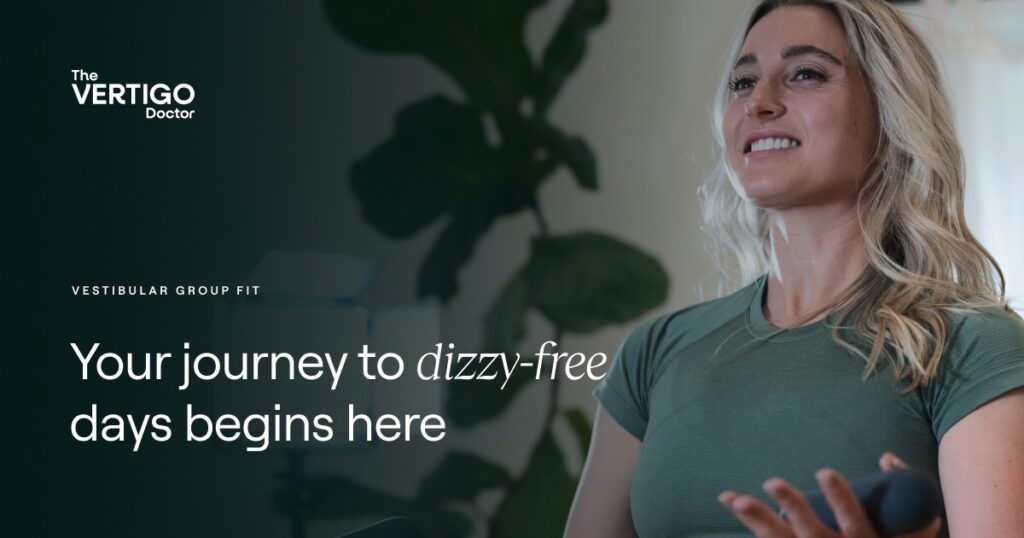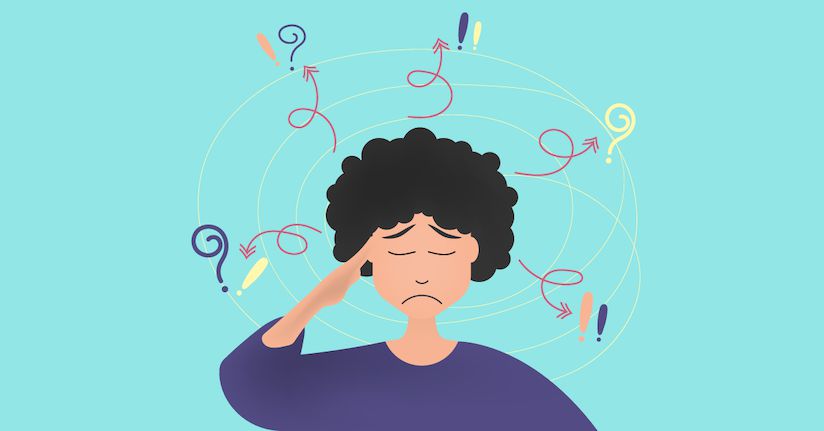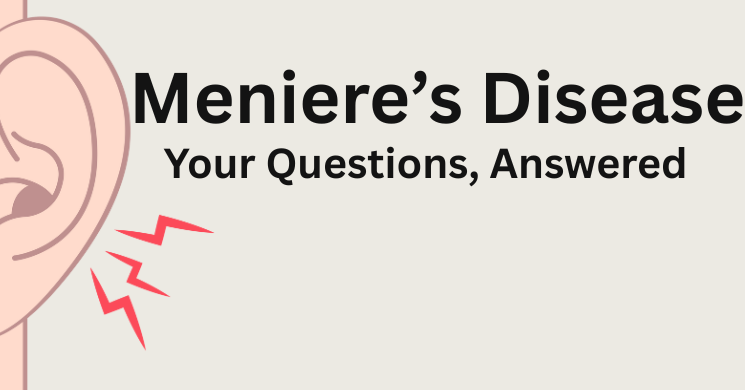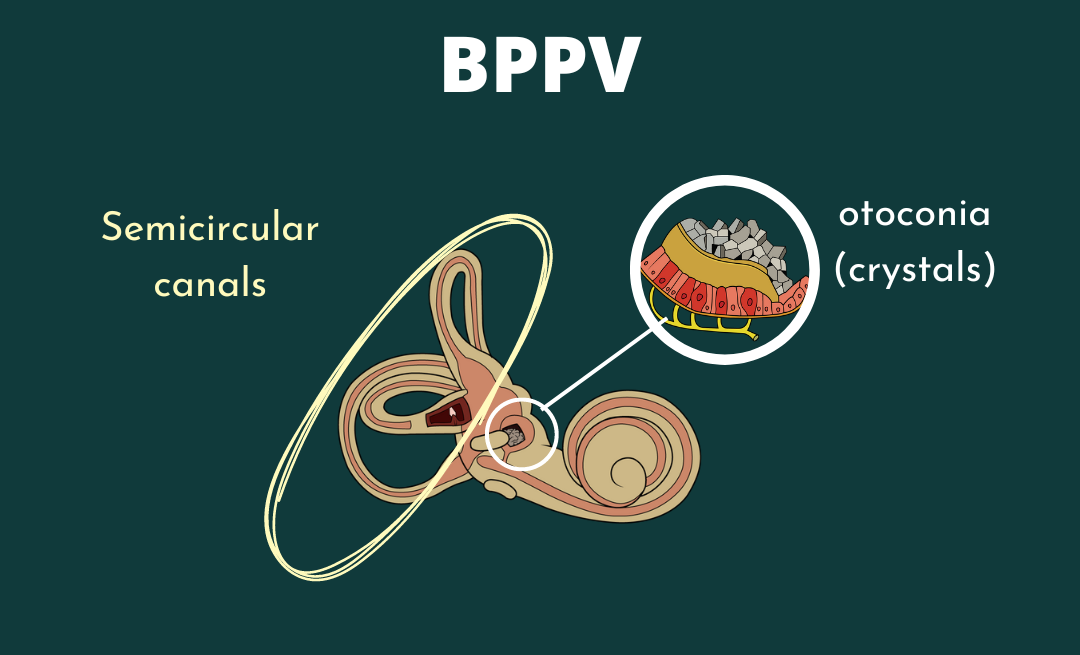Vestibular Migraine is the most common cause of chronic dizziness and one of the most common diagnoses for dizziness in general. VM affects roughly 3% of the world population, which doesn’t seem like a lot, but is actually quite a bit of people! We’ve put together some helpful information on symptoms and treatment of this often a debilitating disorder.
Cause:
Vestibular Migraine is caused by a genetic predisposition to migraine. Essentially, the person with VM inherited the genetic possibility to have migraine, and some sort of epigenetic trigger set it into motion. This could be from a traumatic event, periods of high stress, lifestyle impacts, or sometimes it just happens! The “root cause” of migraine is purely genetic. Vm is considered to be a central vestibular disorder because it is found in the brain and nervous system.
It is very common that VM starts after a particularly stressful event or prolonged stress in people’s lives. VM is more common in women than men due to hormonal changes during pregnancy, childbirth, postpartum, perimenopause, and menopause. It is typically found in people that are considered to have type A personalities.
Symptoms:
While VM is still considered to be part of the migraine spectrum, many people do not experience traditional migraine symptoms like intense head pain. Many people find the diagnosis of VM to be confusing because they do not experience head pain with their symptoms at all. That being said, there are many symptoms that fit into the diagnostic criteria for VM. They are:
- Vertigo lasting more that one minute
- Dizziness and imbalance
- Drop sensation
- Trampoline walking
- Light and sound sensitivity
- Aura
- Feeling tilted
- Neck and eye discomfort
- Nausea and vomiting
- Motion sickness
- Hearing issues like tinnitus and ear fullness
- Fatigue
- Symptoms worsening during cycle
- AND MORE
It is common to experience even more symptoms than listed here. Other migraine symptoms like headache, ocular migraine, hormonal migraine, and abdominal migraine can occur with VM.

Treatment:
There are a variety of treatments that can lessen the symptoms of VM, but it is crucial to find what works best for the individual! Many doctors will immediately suggest going to physical therapy to help with dizziness symptoms, but this can actually make things worse! PT is great for other vestibular disorders but not necessarily for VM. Calming symptoms down first is essential. Other treatments man include:
- Medications and supplements—there are many forms of medication and supplements like doctors will prescribe to help reduce dizziness symptoms. However, there is no pill that will cure dizziness, so lifestyle changes are also essential.
- A doctor may prescribe: Antidepressants, CGRPs, SSRIs, SNRIs, beta blockers, and more
- They may recommend patients to take supplements: magnesium, coq10, b2, and many more.
- Movement—any form of movement that helps strengthen balance systems and build trust and confidence in the body again
- Strength training is essential to not only build up your vestibular system, but also help with nervous system regulation
- Many people find less impactful workouts to help like yoga, pilates, and tai chi
- Dance and other forms of cardio like dance and aerobics can help establish balance and coordination
- Nervous system regulation–nervous system regulation is a key component of treating vestibular migraine. Because this disorder directly impacts the central nervous system, getting that back to homeostasis is essential. Ways to help NS regulation are:
- Breathing exercises
- Meditation
- Exercise
- Time outside/in nature
- Sleeping
- Mindset—the way people think about dizziness is going to impact VM symptoms. If they are hypervigilant and constantly obsessing about their dizziness it will make it worse or lead to PPPD. Some ways to help with mindset are:
- Therapy
- Somatic practicing
- Acceptance
- Cognitive thinking practices
- Lifestyle changes—making changes to patient’s lifestyle is also a huge part of healing. They include:
- Diet–eating healthy for brain health
- Stress management–relaxation techniques to reduce stress
- Regular sleep
- Neuromodulation devices
- VRT (only for certain people)
- Raising bucket threshold
While this is certainly not every symptom and treatment, each person needs to find what works for them and follow through with that. Remember that Vestibular Group Fit has all of this information and a much deeper dive into helping people with VM get better.






